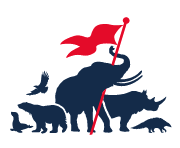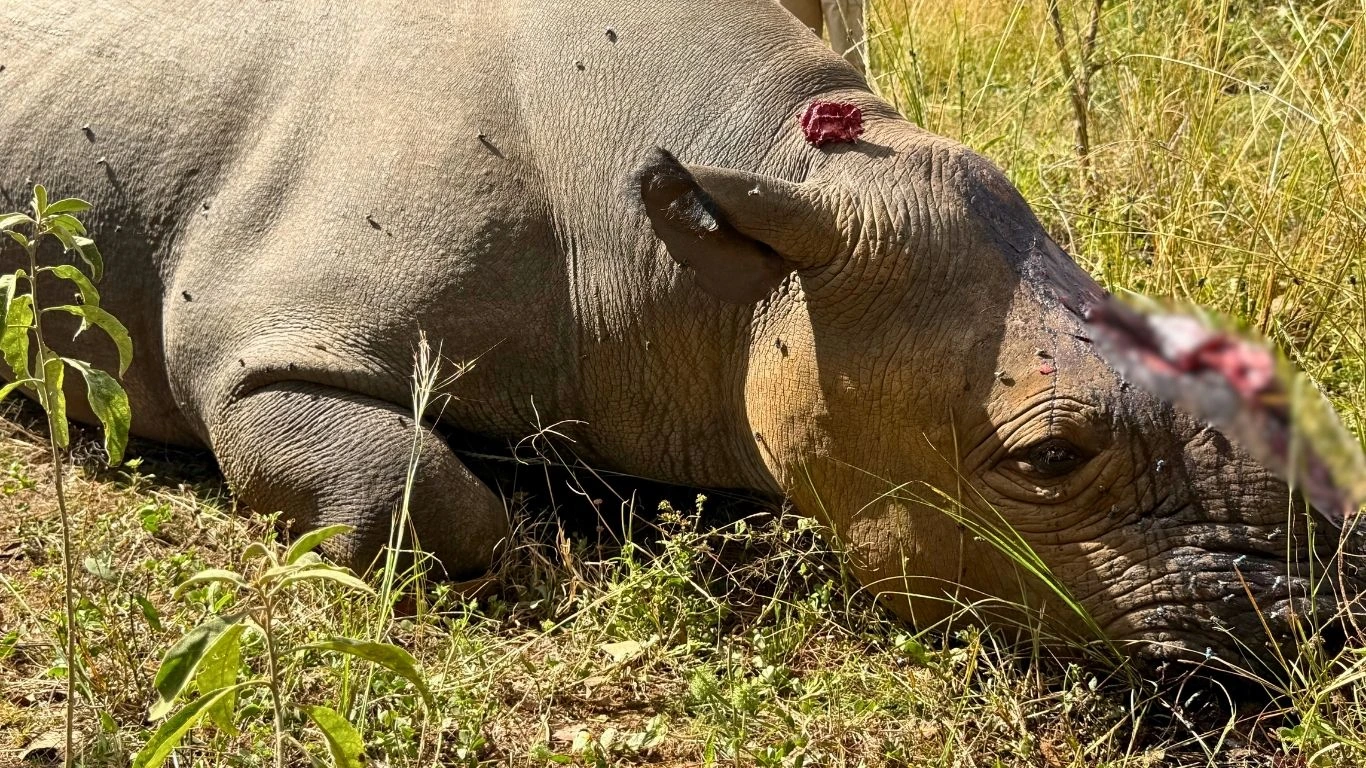After nearly two decades without a single poaching incident, our anti-poaching partner in Zimbabwe recently suffered a horrifying loss.
Gomo, a 22-year-old black rhino, was brutally killed in a meticulously planned poaching attack.
Within just 15 minutes, poachers had breached an electrified fence, shot Gomo – whose name means ‘Mountain’ in the Shona language – and hacked off both his horns at the base. They then escaped with the horns and left his still-warm carcass for our devastated team to find.
Poachers used an axe to hack off the horns of a 22-year-old black rhino.
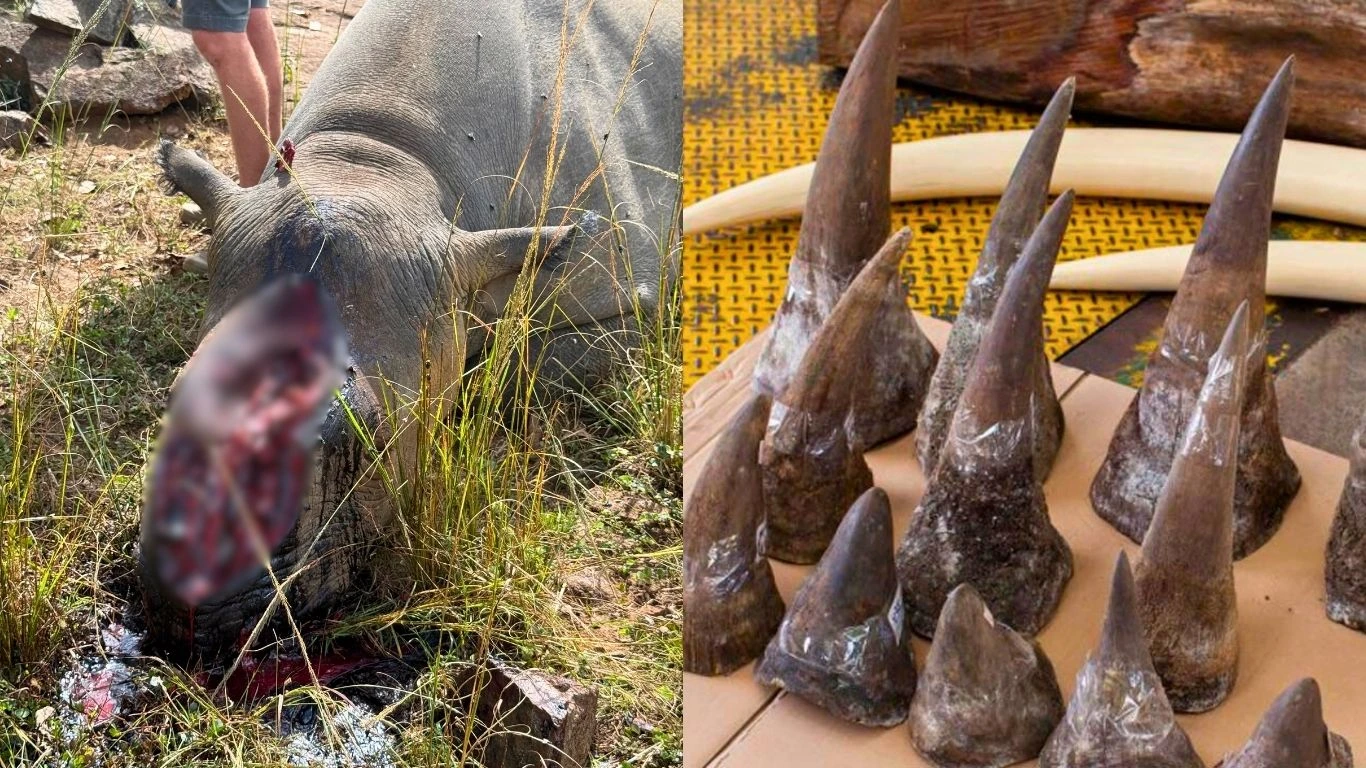
The poachers deliberately struck when the team would least expect it – the middle of the day. Most poaching typically happens under the cover of darkness.
Anti-poaching equipment alerted our partner, Imire Rhino and Wildlife Conservation (IRWC), to the breach. But by the time they had navigated the dense bush and difficult terrain, it was too late. Gomo was dead.
To prevent more rhino deaths, our partner must improve its early warning system so it can locate rhinos and catch poachers before they kill again.
This is where we need your help.
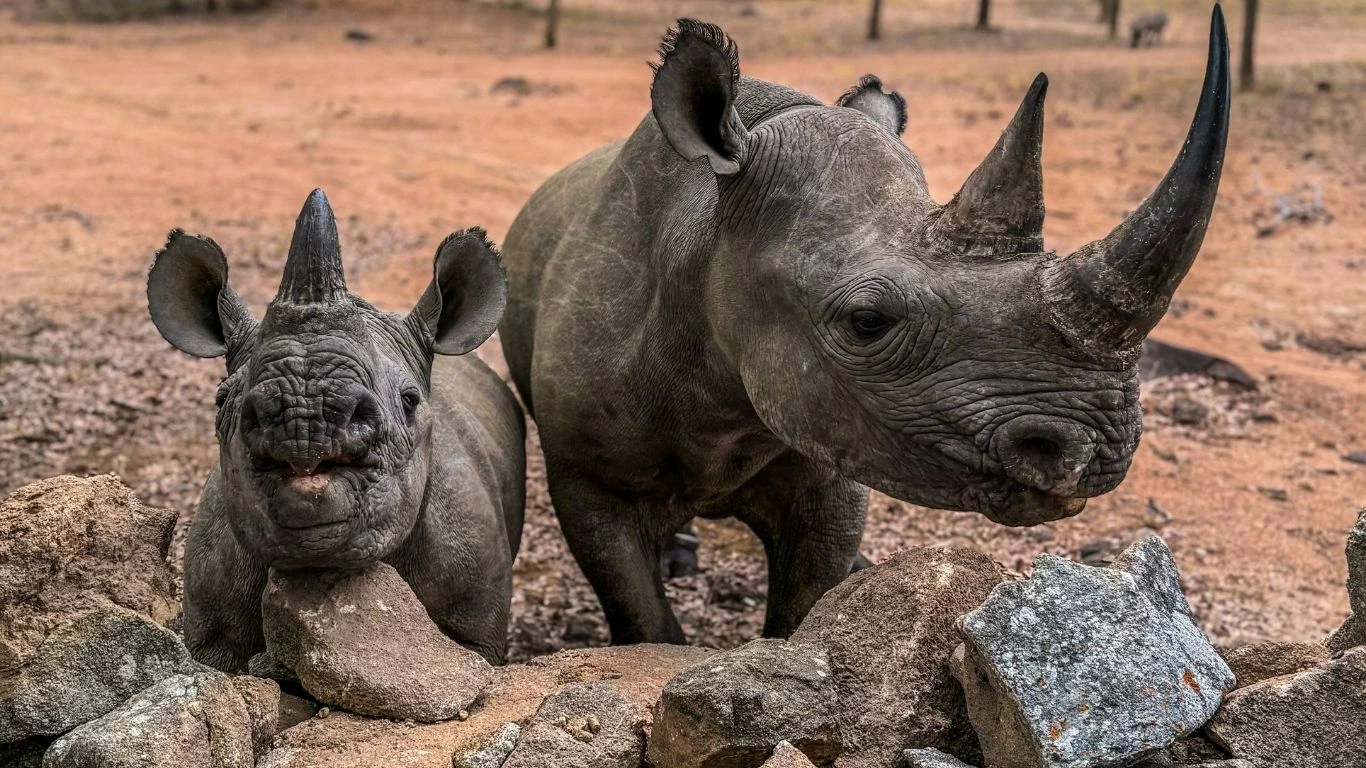
The anti-poaching team has one drone which they use every day to locate the rhinos and ensure they are safe. But with 11,200 acres (4,500 hectares) to patrol, one drone just isn’t enough. A second drone, as well as training an additional pilot, is crucial to enable the team to provide 24/7 monitoring throughout the massive conservancy.
These are no ordinary drones.
They have been specifically designed to help anti-poaching teams protect animals and catch criminals before they can strike. Each drone boasts night-vision and thermal imaging technology, so they can be used at any time and in any terrain – ensuring full coverage even at night, or in dense forested areas.
Drones also capture crucial footage that can be used to prosecute poachers in court, where those found guilty of killing protected animals like rhinos can face up to nine years in a Zimbabwean prison.
Gomo’s death is a tragic reminder of the vulnerability of these animals – and of the deviousness of the criminals who hunt them.
If we can raise $10,575 (around £7,848), we can pay for the additional drone, giving the remaining rhinos like Gomo, and other animals, an extra layer of safety and protection from cunning poachers.
To prevent more needless deaths, we must strengthen security, respond faster, and stay one step ahead of poaching syndicates.
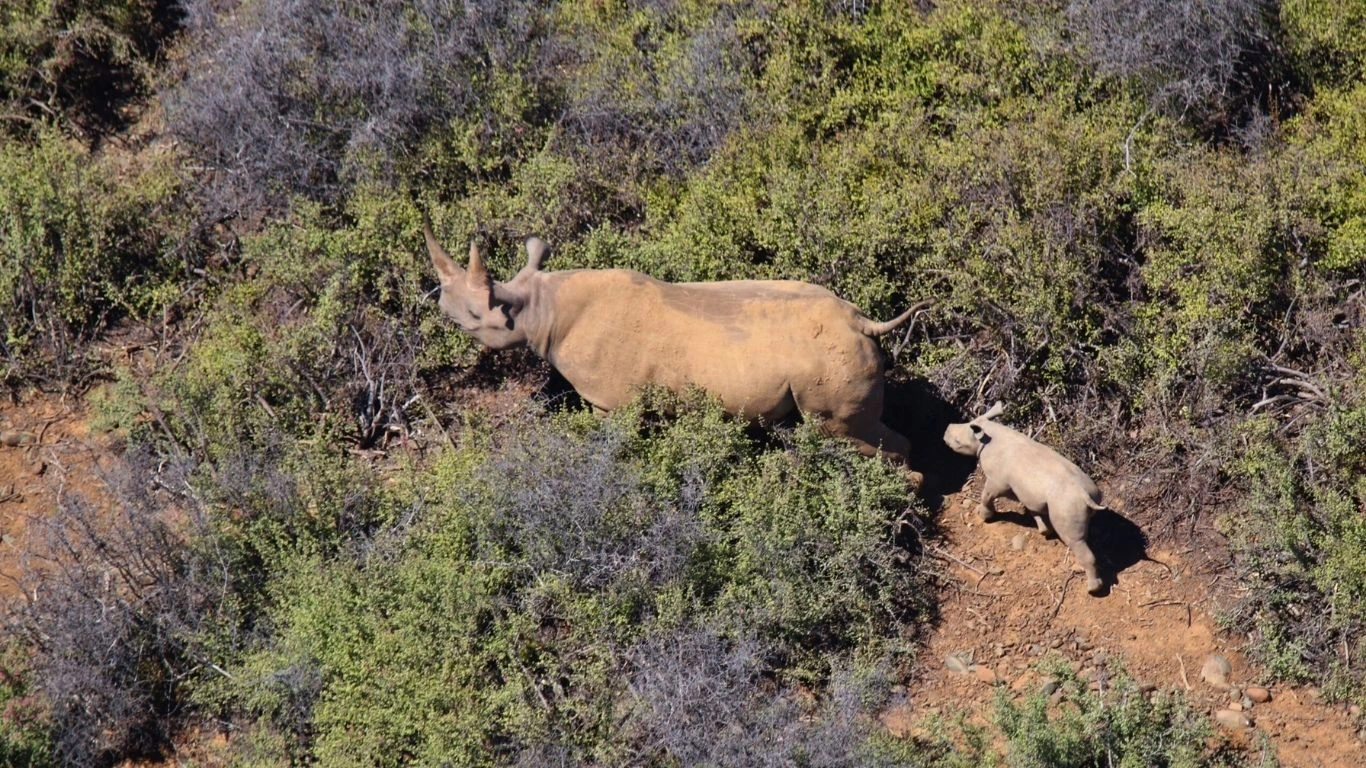
Rhino horn is mistakenly believed to have medicinal properties and is sought after for use in traditional Chinese medicine. Driven by greed, poachers are becoming increasingly smart and well organized.
Our partners MUST remain a step ahead. Drones are the best solution, and with your help today, we will purchase another for our team, doubling their ability to track and protect endangered animals.
Please, donate right away. Gomo’s death is tragic — let his loss be the motivating force we need to better protect our rhinos.
